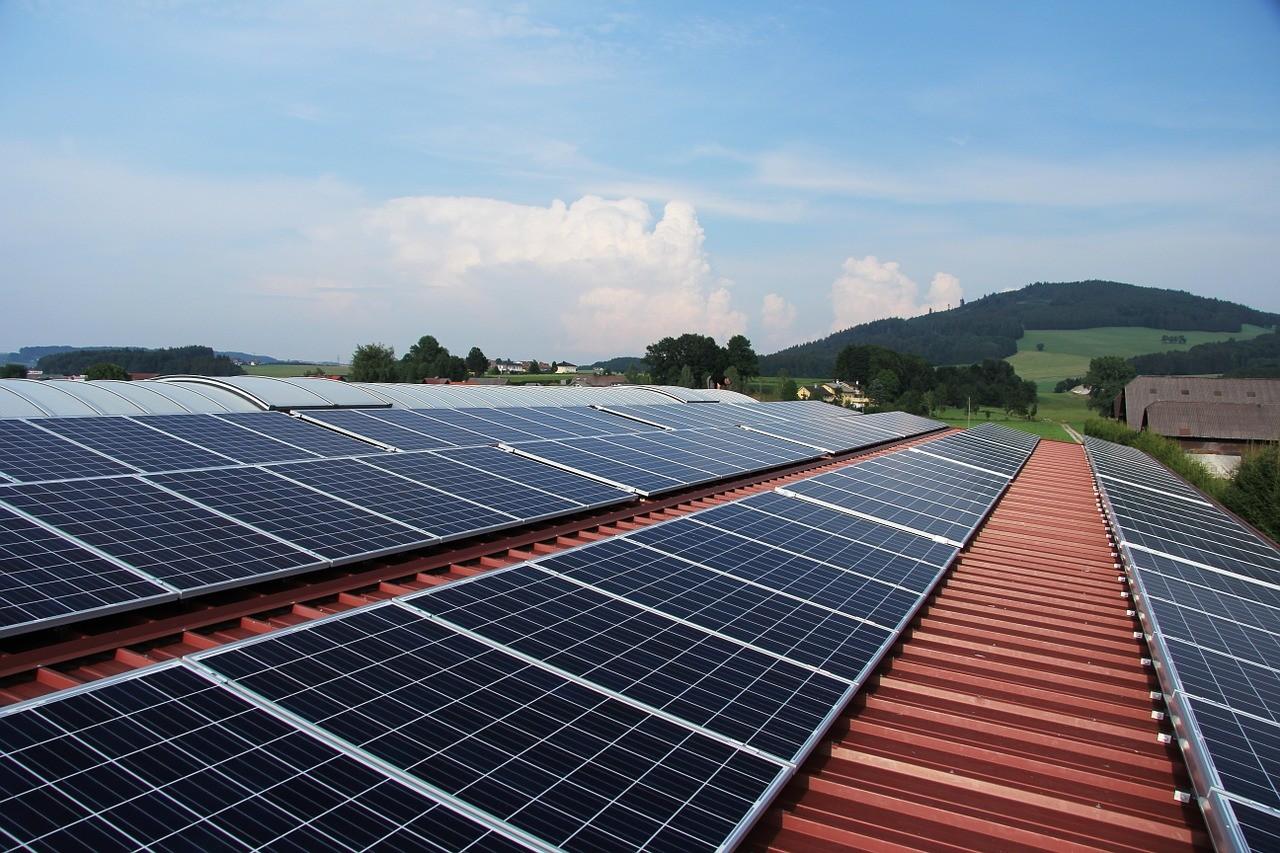
By Graham Smith
The trouble encountered by Lending Club, the most well-known name in marketplace lending, in April shook confidence in an industry that originated in order to fill a void caused by banks’ reluctance to lend following the financial crisis. Marketplace lending evolved as a way to connect borrowers with lenders directly and eliminate the need for banks as middlemen. Numerous observers questioned the viability of the marketplace lending business model and predicted that Lending Club’s trajectory marks the beginning of an end.
But while marketplace lending may be under fire in the personal finance space, it is stronger than ever in industries like that of renewable energy, where certain market segments have stagnated due to limited access to capital. The ambitious goals set during COP21, such as a U.S. target to source 20 percent of electricity from renewable sources by 2030, will require the use of innovative financing models. Here, marketplace lending will be not only viable, but instrumental.
Within the solar industry, the historically stagnated commercial solar sector is especially poised to benefit from access to marketplace lending. When analysts report that solar growth is skyrocketing, they are referring to the residential and utility sectors. The residential sector has grown an impressive 66 percent year-over-year, and utility solar represented more than half of all solar installations in 2015. The commercial solar market, however, has seen negative growth over the past few years despite the enormous estimated market potential – $67.5 billion in the Northeast mid-sized commercial sector alone. The primary reason for this stagnation? Limited access to financing.
Commercial solar developers face challenges that do not exist in other segments of the industry, due in large part to the variability in shape and size of projects. Commercial businesses can range from the small deli around the corner to a large Walmart facility. The lack of standardization affects the logistics of developing a project, from the site evaluation and design of the solar installation to the writing of legal contracts. Increased complexity adds increased transaction costs, which make financing expensive and leave numerous solar projects in limbo indefinitely.
This is where marketplace lending comes in. Traditional sources of capital – such as large banks – generally refrain from lending to commercial solar projects. Often, the size of projects and variability in characteristics lead to a lack of cost-effectiveness for banks. By streamlining the financing process through online platforms, marketplace lending lowers transaction costs and increases efficiency, overcoming one of the biggest obstacles that face commercial solar developers. Automating these processes can lower transaction costs by as much as 70 percent, enabling a far greater number of solar developers to receive financing and develop high-quality, impactful commercial projects that otherwise may not have been built.
Marketplace lending has the potential to break down barriers in select sectors that are ripe for growth, and commercial solar is certainly one of them. Additionally, as investors experience the ease, predictability and transparency offered by marketplace lending in commercial solar, more capital will flow to the sector and its potential will be fully unlocked.
The financial innovation behind the marketplace lending model will undoubtedly continue to drive growth across commercial solar. Commercial solar, like many other sectors, will prosper only with the support of a robust network of high-quality alternative financing options.
Image credit: Pixabay
Graham Smith is the CEO of Open Energy.
TriplePundit has published articles from over 1000 contributors. If you'd like to be a guest author, please get in touch!














